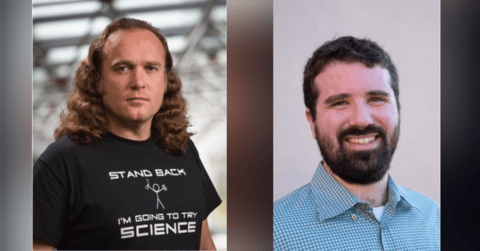Connecting Canada’s North with a quantum sensing system
A research group at IQC has secured $1 million to develop a proof of concept that would link two observation stations by sharing quantum information via drones, creating a sensing system with unprecedented resolution by distributing quantum entanglement.








